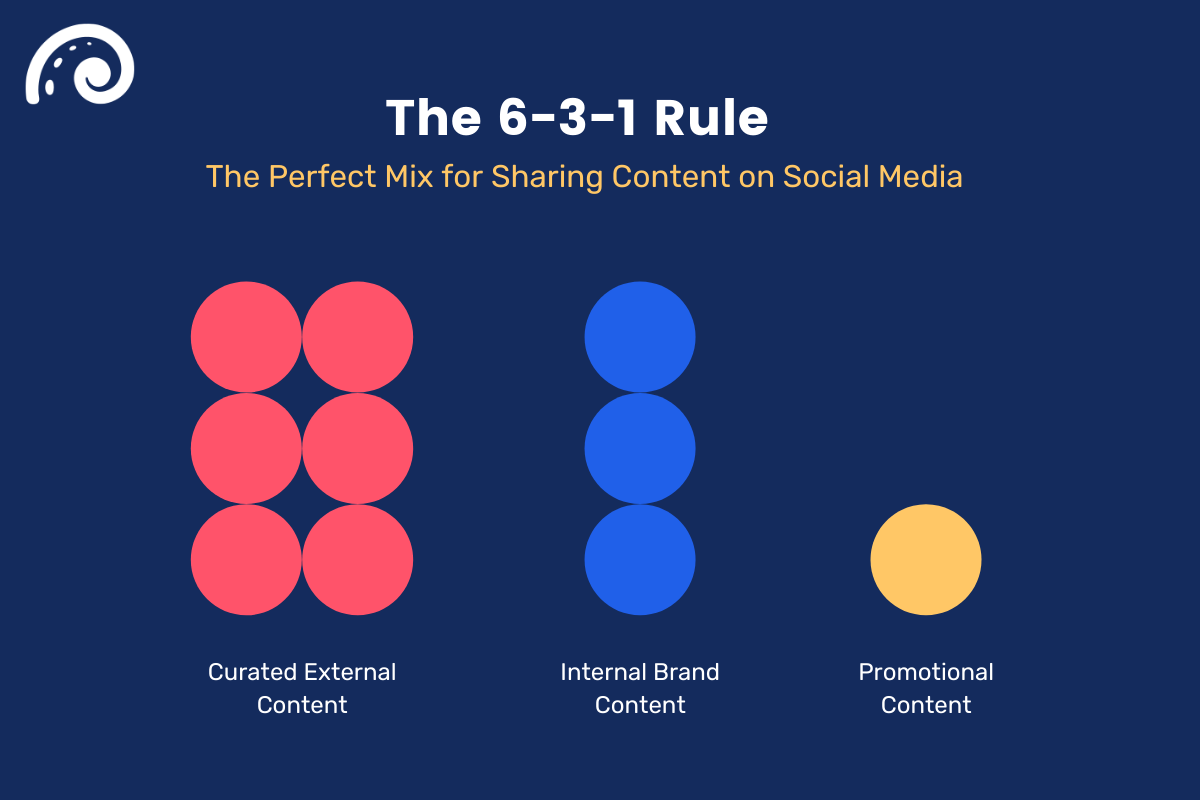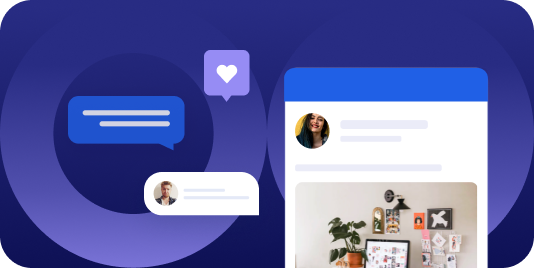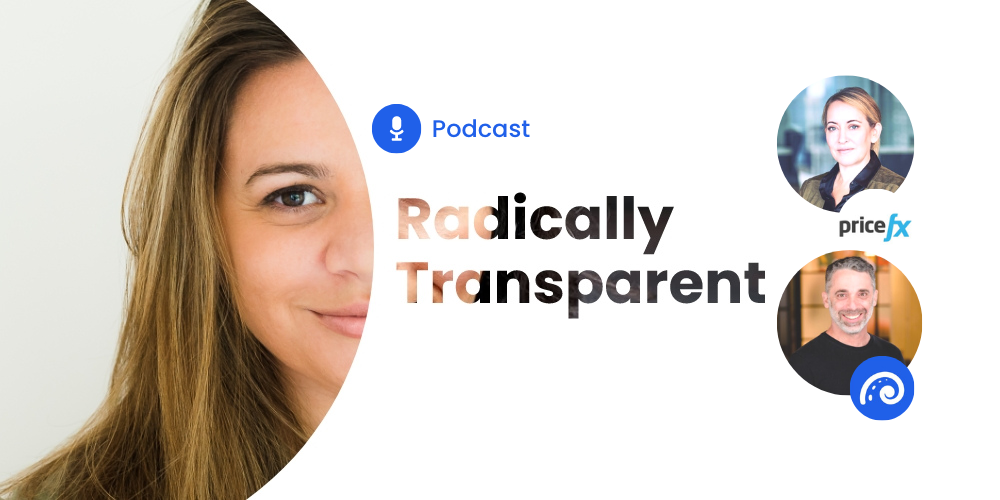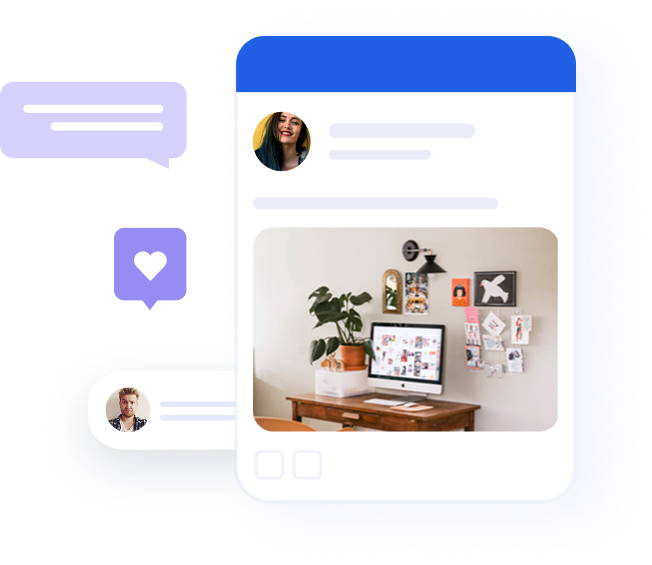6 ways to improve B2B engagement metrics and close deals

Table of contents
B2B customer engagement strategies have come a long way from the days of cold calls and clunky sales funnels. Today’s buyers expect relevance and substance, whether they’re visiting your landing page or signing up for your email marketing channel. And they’re paying just as much attention to how your sales team shows up on social media.
In fact, 84% of B2B executives use social media to inform purchase decisions. That’s a clear sign that the research phase is happening long before your first conversation.
So what separates brands that engage with customers meaningfully from those that get left on read?
In this article, we’ll break down six proven strategies to help you boost engagement metrics and start closing more deals. These strategies cover vital business priorities like increasing customer satisfaction and leveraging case studies and feedback. But first, let’s clarify what B2B engagement really means, and why it’s too important to leave to chance.
Defining B2B customer engagement (and why It matters)
In B2B, customer engagement is a reflection of how well your brand is building relationships and guiding prospects towards conversion. Thankfully, the business impact of social media is actually measurable.
Every interaction, from a product demo to a LinkedIn comment, is an opportunity to connect with your target audience and move them closer to a decision.
These touchpoints span multiple channels, including your company’s website, social media, email marketing, video content, and even customer success check-ins. Strong B2B customer engagement strategies make each of these moments count by aligning with your buyers’ needs, addressing their pain points, and creating consistent value at every stage.
To understand how your efforts are performing, here are some of the most important metrics for measuring customer engagement in every B2B space:
- Customer acquisition Cost (CAC): How much does it cost you to bring in a new customer? This helps measure the efficiency of your marketing strategies.
- Customer lifetime Value (CLTV): What’s the total revenue a customer is expected to generate throughout their relationship with your company? A key metric for evaluating customer loyalty and ROI.
- Churn rate: What percentage of customers stop doing business with you over time? High churn often signals breakdowns in customer satisfaction or onboarding.
- Click-through rate (CTR): Out of everyone who sees your content, how many actually engage with it? Whether it’s a CTA in an email or a link in a paid campaign, CTR reflects your ability to engage with customers effectively.
- Impressions: How many times is your content displayed? While impressions don’t always indicate action, they’re a useful top-of-funnel metric for increasing customer awareness.
Software can help you track and quantify these metrics. But a true social media analytics solution goes further, by translating raw data into actionable insights. It’s those insights that B2B marketers use to help them refine strategy, strengthen customer relationships, and keep sales and marketing teams aligned around what success actually looks like.
Why B2B engagement isn’t optional (if you want to win deals)
In the world of B2B marketing, vanity metrics certainly exist. But social media engagement isn’t one of them. The strength of your social media presence has an increasingly important part to play in developing customer relationships and progressing deals.
Done right, B2B customer engagement strategies help you go beyond transactions and build trust. It’s a powerful way to show B2B buyers you understand their pain points, speak their language, and are in it for the long haul.
Here’s what better engagement can unlock:
More closed deals: When you consistently engage with customers across key touchpoints, you earn trust—and trust accelerates the path to conversion.
Revenue growth: A deeper understanding of your audience means more targeted messaging, stronger upsells, and smarter marketing strategies that drive results.
Higher customer satisfaction: Personalized experiences, timely customer feedback loops, and a consistent presence across channels all contribute to a better experience and higher retention.
B2B buyers are busy and skeptical. But with the right approach to engagement, you can meet them where they are, show them why you’re the right choice, and keep them coming back.
Recommended for further reading
6 B2B client engagement strategies for social media
1. Turn your website into a conversion machine
Unlike B2C, your website isn’t a noisy storefront. It’s more like a stage, and that’s an advantage. With no impulse purchases or checkout buttons to distract, your visitors are there to explore your brand, your story, and your solutions. If your landing page doesn’t deliver clarity, speed, and a clear next step, you’re missing your best shot at engagement.
Here’s how to improve on-site engagement:
- Prioritize responsiveness: Whether it’s viewed on a phone or a widescreen monitor, your site should adapt easily to accommodate the person viewing it. In fact, 73% of web designers say poor mobile responsiveness is a top reason visitors bounce.
- Speed it up: Slow load times kill conversions. One in two visitors will abandon a page if it takes more than six seconds to load. For a quick but meaningful win, optimize your images, scripts, and servers to keep things moving.
2. Create content people actually want to engage with
B2B buyers (like most buyers) don’t want sales pitches. They want valuable content that helps them solve problems, understand their options, and make smarter decisions. Your content strategy should do more than fill space. It should build authority and trust.
Tips for boosting content engagement:
- Be useful, not generic: Share real insights, fresh data, or hands-on solutions that speak to your target audience’s actual pain points. No fluff, no filler.
- Make it scannable: Break long paragraphs into digestible sections, use bullet points and subheadings, and include visuals that reinforce your key message. Bonus: this also improves customer satisfaction by respecting your readers’ time.
3. Make email marketing a high-performing channel
It might not be flashy, but email marketing consistently delivers where it counts: ROI, retention, and customer relationships. In fact, marketers consistently find that for every $1 spent, they can generate $44 in ROI.
The key is treating email not as a broadcast channel, but as a tool for engaging your target audience with the right message at the right time.

Here’s how to increase email engagement in B2B:
- Segment with purpose: Not every buyer has the same needs. By segmenting your list based on behavior, industry, or lifecycle stage, you can send more relevant emails. That results in higher opens, clicks, and engagement, laying a foundation for long-term customer relationships.
- Track and optimize: Use open rates, click-through rates, and unsubscribe data for measuring customer engagement and identifying where to tweak your strategy.
- Personalize beyond the first name: Use purchase history, company size, or customer feedback to deliver content that speaks directly to the recipient’s pain points and needs. Personalization is one of the most powerful levers for increasing customer engagement.
4. Use social media to build trust, not just traffic
Social media is one of the most powerful ways to connect with B2B buyers, foster credibility, and start meaningful conversations. With 84% of B2B executives using social platforms to help guide purchase decisions, it’s an essential part of any modern customer engagement strategy.
But increasing engagement isn’t about posting more content. It’s about delivering value in the right format, at the right time.
Here’s how to improve social media engagement:
- Share evergreen content that educates: How-to posts, thought leadership pieces, and industry tips remain relevant over time. This helps you engage potential customers whether they’re just discovering your brand or already deep in the decision-making process.
- Create content people want to share: Before publishing, ask yourself if the post offers a fresh insight, makes someone laugh, or speaks to a common challenge. These qualities increase the likelihood that your content will reach new people organically.
- Activate your people: Employee advocacy can amplify your reach and lend authenticity to your message. Encouraging them to share content or offer personal takes builds both trust and visibility.
Mix it up: A feed filled with product links and blog promos isn’t enough to keep your audience engaged. Aim for variety using the 6-3-1 rule: six informative or entertaining posts, three brand-building posts, and one promotional post. This helps you stay relevant without overwhelming followers with sales messages.

5. Improve the on-site experience to boost user engagement
User engagement refers to how visitors interact with your website, product, or platform. For B2B companies, it’s a key indicator of what’s working, what’s confusing, and where the experience can be improved to drive better outcomes.
Here’s how to keep users engaged:
- Prioritize usability: A confusing interface or clunky experience can cause visitors to drop off fast. Clear navigation and intuitive design improve customer satisfaction and keep users moving forward.
- Keep it fresh: Whether it’s new features, updated content, or smarter workflows, giving users something new encourages them to explore further and return more often.↑ Top
6. Use video to bring your brand to life
Video helps you connect with B2B buyers on a more personal level. It puts faces to your brand, builds credibility, and makes complex ideas easier to digest. For buyers evaluating multiple vendors, it can be a deciding factor.
Try these video strategies for better engagement:
- Create how-to content: Educational videos show prospects how your solution works in the real world. This type of content builds trust and helps you engage with customers before they ever speak to sales.
- Host webinars: Webinars and webcasts let you address specific pain points, answer questions in real time, and position your team as experts. They’re also a great source of customer feedback and lead nurturing.
Don’t just track engagement. Improve it
Effective engagement is what turns anonymous visitors into loyal customers. It helps businesses understand what customers feel, what they need in order to take action.
Improving your B2B customer engagement doesn’t happen overnight, but the strategies above offer a solid foundation. To take it further, you need a platform that helps you make data-driven decisions.
Oktopost is a social media platform built for B2B. It gives you the tools and insights to measure what matters, optimize your approach, and engage with your audience in a way that drives real results.
Ready to see what smarter engagement looks like? Try Oktopost today.




